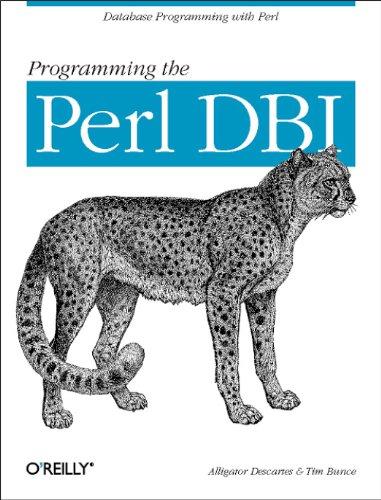Question
You may do this homework using any IDE of your choice. Your code must compile and run on CSSGATE as we did for the first
You may do this homework using any IDE of your choice. Your code must compile and
run on CSSGATE as we did for the first homework.
Please place a comment at the top of simulator.c explaining which environment
you used to complete this assignment. Follow the coding and commenting
conventions in the files that you are given. Your program when run as is must
display numbers 9 to 1 and final display of the simulator. We do not want to see
any other output.
Submit a zip file of all your .c and .h files on Canvas. Name it uwnetidSimulator.zip or
uwnetid1uwnetid2Simulator.zip, using your uwnetids. Your names must be in the
header of simulator.c. No late work or email submissions will be accepted.
Simulator Instructions
Download a copy of the incomplete LC3 simulator starter code from Canvas. It
includes the following files:
simulator.c
comp.h and comp.c
bstr.h and bstr.c
BitString: The simulation is based on the datatype BitString. The existing code
provides many functions that can manipulate BitString variables for you and you
dont need to write additional functions.
The BitString functions are not well protected from user errors. For example, the
maximum size of a BitString is 16 bits, but there are no checks for exceeding this
limit. Much of your work will involve converting back and forth between several
related forms of data. Be careful not to confuse a BitString with a C string or an
integer.
A BitString is actually an array of char, but the values in each char are 0 or 1.
There is an associated length member that keeps track of how full the array is
(anywhere from 0 to 16). A C string is an array of char also, but in that case the
values are ASCII values probably the ASCII values of '0' or '1', that is 48 and
49.There is a zero at the end of a C string to mark its termination. It will often be
convenient for you to convert a BitString to its decimal value (i.e. an int) so that
your program can do mathematical operations on it.
Computer: The Computer datatype uses BitStrings to represent the contents of
all registers and memory locations. The memory and register file are treated as
arrays of BitString. To execute a single instruction, you will generally need to pull
a couple BitStrings out of the Computer struct, convert them to int, do some
calculations on the ints, convert the results back into BitStrings and put those
BitStrings back into the Computer struct. By frequently displaying the Computer
struct during development, you can verify that individual instructions are
behaving properly.
Simulator: The file simulator.c includes a short LC3 program in two different
forms, assembly language and binary. This program prints the numbers 9 down
to 1 and halts.
Finish the simulator so that this program is loaded and executed. The required
instructions are ADD, LD, BR, OUT, HALT. To finish the simulation, you will need
to at least do the following:
Add functions to execute the unimplemented instructions (like ADD, LD,
BR, OUT, HALT).
Modify main so that the program is loaded into the computer. Follow the
instructions in main for this. DO NOT call COMP_execute in a loop here.
Modify the execute function in comp.c, so that it executes instructions until
it runs into a HALT instruction.
Write test functions for each instruction and you will be graded on these
test functions.
You can model ADD, LD and BR after the NOT instruction provided. You need to
examine the bits in IR and modify memory, condition codes, registers, and the
PC as the current instruction would if executed by the LC3.
For OUT and HALT, which would normally trigger trap routines, the simulator
should instead perform the required action. In the case of HALT, the execute
function should quit (by exiting its loop) and for OUT, a single character should
appear on the IDE's console based on the ASCII code currently in R0. You will
do this with printf("%c", ....).
Your program does not need to execute any other LC3 instructions, but your
code should be general enough to work with similar assembly programs. You will
note that the amount of memory available in the simulator is quite small - roughly
50 words. This is enough for running simple programs.
If you want to try other programs, the LC3 Edit program will create a .bin file
containing 0/1 strings for any assembly program that you compile. The trap
vector and interrupt vector tables are not included in this simulation. We are also
omitting input/output related hardware such as KBDR/KBSR and DDR/DSR.
As a general strategy, you might execute single-instruction programs to test the
quality of your simulator before testing a multi-line program.
Extra Credit: Implement AND, LDI, STI, LDR, STR in addition to the above
instructions for extra credit 1 point for each instruction implemented. You must
create test functions in simulator.c to test these new functions. You will be
graded on the test functions.
Step by Step Solution
There are 3 Steps involved in it
Step: 1

Get Instant Access to Expert-Tailored Solutions
See step-by-step solutions with expert insights and AI powered tools for academic success
Step: 2

Step: 3

Ace Your Homework with AI
Get the answers you need in no time with our AI-driven, step-by-step assistance
Get Started


